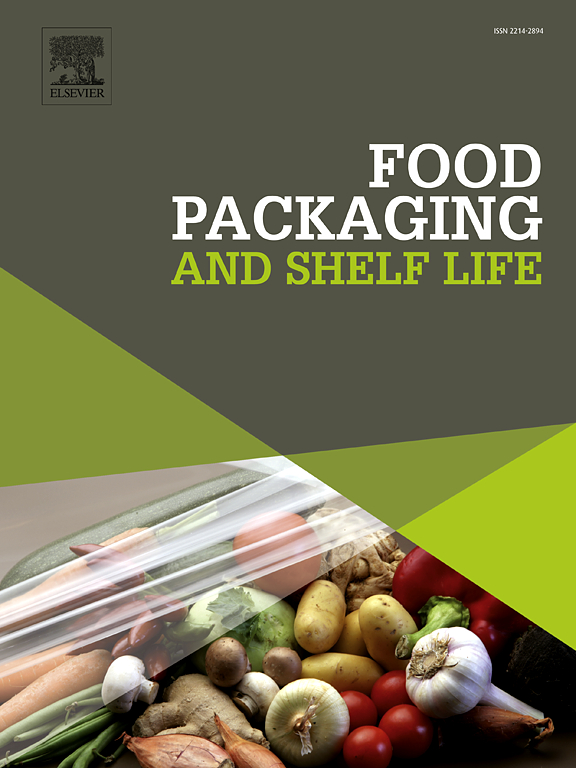Active packaging containing natural antimicrobials as a potential and innovative technology to extend shelf-life of fish products – A review
IF 8.5
1区 农林科学
Q1 FOOD SCIENCE & TECHNOLOGY
引用次数: 0
Abstract
The spoilage of fish and seafood is a major problem in all categories in the food sector, with 50 % of the 8.2 million tonnes of marketable fish caught within the EU each year being wasted. Apart from the material linked to quota restriction issues, this waste is largely due to inefficiencies in processing and packaging. Optimal packaging materials and systems, combined with cold storage, are critical to preserving seafood quality. While conventional packaging has proven its worth over the past decades, it now faces modern challenges such as requirements for longer shelf-life, consumer demand for ready-to-eat products, logistical issues pertaining to extended distribution cold-chains and environmental issues with plastic waste. To collectively address these challenges, there is growing interest in active packaging systems that contain natural antimicrobials (NAM) such as chitosan, organic acids, essential oils, etc. NAM are food-safe, clean label, sustainable and have a broad spectrum of antimicrobial activity against both Gram-positive and Gram-negative microbes. As part of hurdle technology, synergistic NAM combinations can potentially be used in antimicrobial-active packaging materials (AAPM) to extend the shelf-life of fish products, reduce waste and improve sustainability. This review highlights the importance of innovative packaging solutions to combat fish spoilage, focusing on the potential usage of NAM in active packaging materials and packaging systems.
含天然抗菌剂的活性包装是延长鱼产品货架期的潜在创新技术 - 综述
鱼类和海产品的变质是食品行业所有类别的一个主要问题,每年在欧盟捕捞的820万吨可销售鱼类中有50% %被浪费。除了与配额限制问题有关的材料外,这种浪费主要是由于加工和包装效率低下。最佳的包装材料和系统,结合冷藏,是保持海鲜品质的关键。虽然传统包装在过去几十年里已经证明了它的价值,但它现在面临着现代挑战,例如对更长的保质期的要求,消费者对即食产品的需求,与延长配送冷链有关的物流问题以及塑料废物的环境问题。为了共同应对这些挑战,人们对含有天然抗菌剂(NAM)的活性包装系统越来越感兴趣,如壳聚糖、有机酸、精油等。不干胶是食品安全的,标签清洁,可持续的,对革兰氏阳性和革兰氏阴性微生物具有广泛的抗菌活性。作为障碍技术的一部分,协同的非氧化亚胺组合有可能用于抗微生物活性包装材料(AAPM),以延长鱼类产品的保质期,减少浪费并提高可持续性。这篇综述强调了创新包装解决方案的重要性,以防止鱼类变质,重点是在活性包装材料和包装系统中使用不干胶的潜在用途。
本文章由计算机程序翻译,如有差异,请以英文原文为准。
求助全文
约1分钟内获得全文
求助全文
来源期刊

Food Packaging and Shelf Life
Agricultural and Biological Sciences-Food Science
CiteScore
14.00
自引率
8.80%
发文量
214
审稿时长
70 days
期刊介绍:
Food packaging is crucial for preserving food integrity throughout the distribution chain. It safeguards against contamination by physical, chemical, and biological agents, ensuring the safety and quality of processed foods. The evolution of novel food packaging, including modified atmosphere and active packaging, has extended shelf life, enhancing convenience for consumers. Shelf life, the duration a perishable item remains suitable for sale, use, or consumption, is intricately linked with food packaging, emphasizing its role in maintaining product quality and safety.
 求助内容:
求助内容: 应助结果提醒方式:
应助结果提醒方式:


